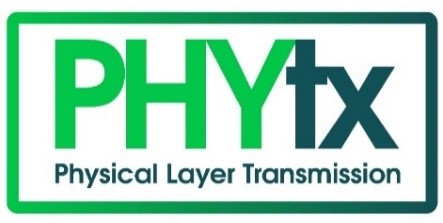Target: To enable multi-vendor interoperability in deployments for both access and in-premises networks.
Progress: The work area published amendment 3 to TR-301 Issue 2 as well as a corrigendum on TR-285 Issue 2.
Amendment 3 to TR-301i2 added bulk data collection using IPFIX (Internet Protocol Flow Information Export) for Distribution Point Units (DPUs) deployed in Fiber To The distribution point (FTTdp) architecture.
The corrigendum to TR-285i2 clarifies the coaxial cable model that will be used for calculating the coaxial cable attenuation. This update supports the ongoing work on WT-500 that refers to this model.
Development of the WT-500 “MoCA Access Performance Test Plan” continued, fine-tuning configurations and test procedures. The plan is to progress the document to Straw Ballot by the 2025 Spring Meeting. MoCA Access is one of the technologies that can be used for FTTdp deployments as described in TR-419.
An anonymous operator survey that aimed to identify key opportunities and challenges of the MGfast/Gfast access technology over twisted telephony pair and/or coax, has now been completed. It shows that 70% of the respondents see these as fiber extension technologies in line with TR-419. However, some challenges remain and will need to be resolved in the future. To address this, the PHYtx group is considering starting a new project on MGfast. The technology promises higher internet speeds of up to 8 Gbps over existing copper wiring.
For further insight into the current work of the Physical Layer Transmission Work Area, visit: https://wiki.broadband-forum.org/display/BBF/Physical+Layer+Transmission.
